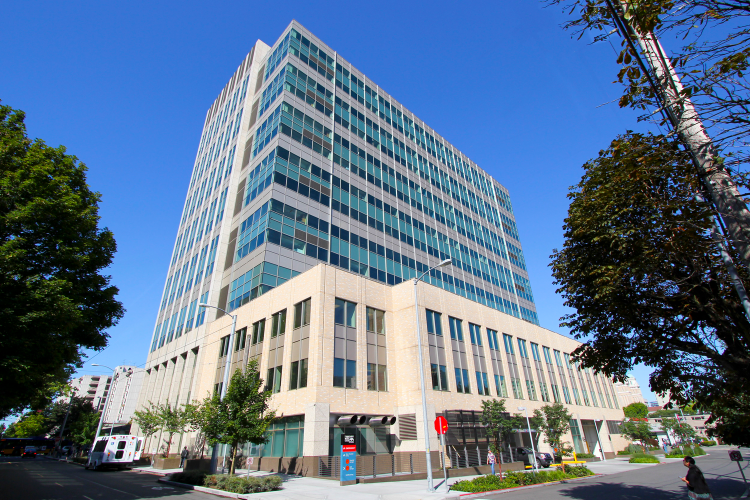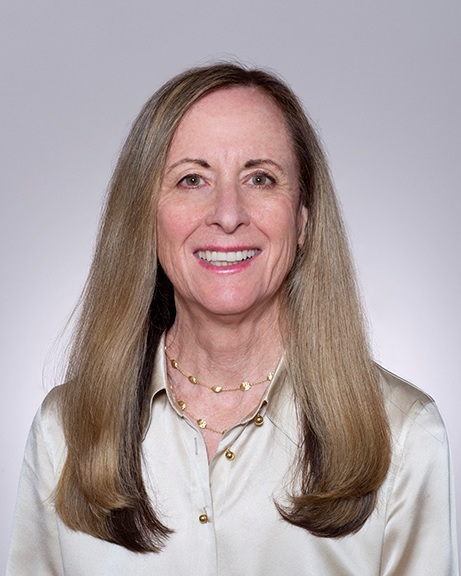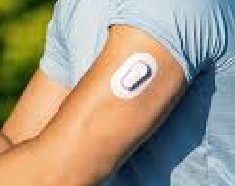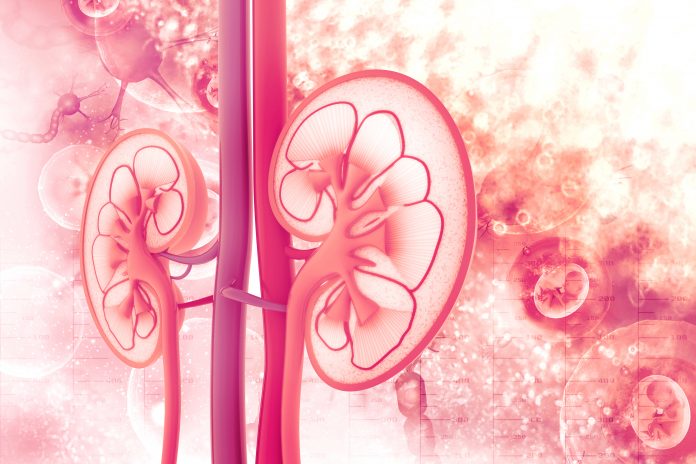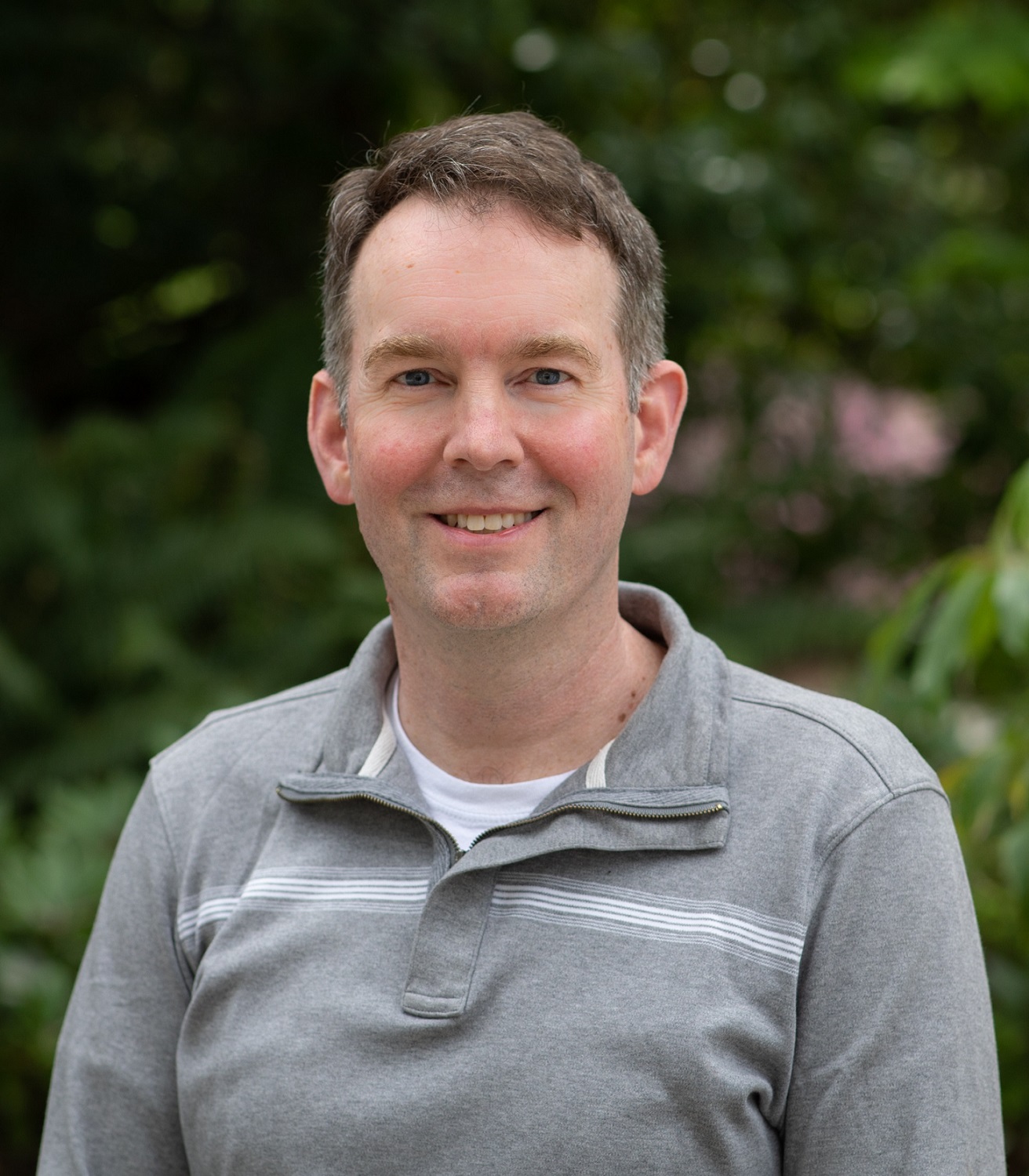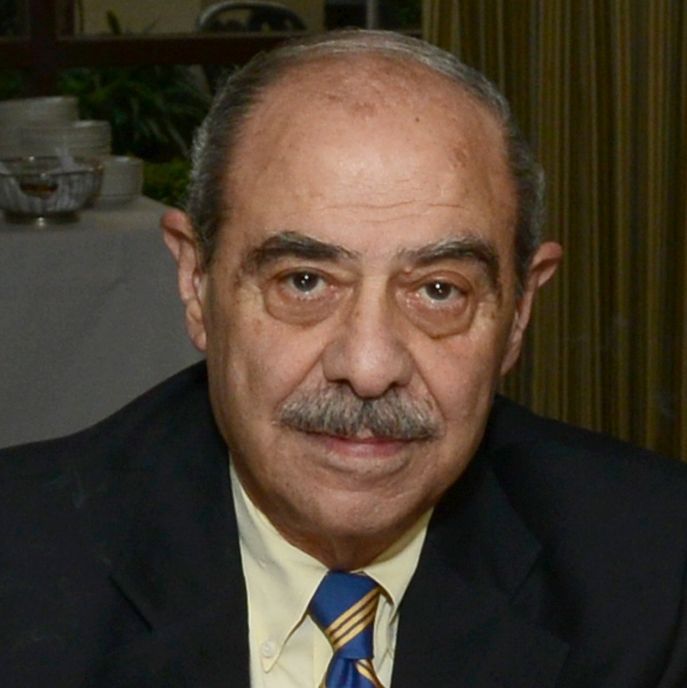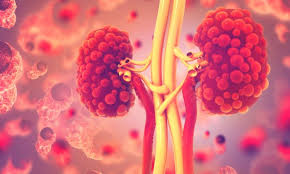
Beno Freedman featured on NIH Director’s Blog
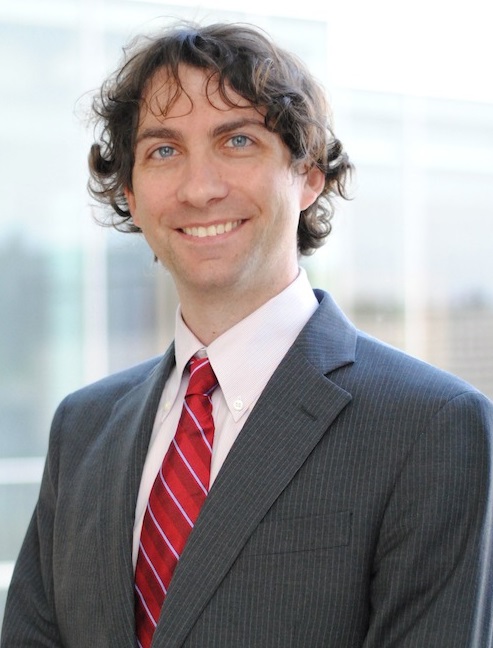
Benjamin Freedman, featured on the NIH Director’s Blog
The groundbreaking work of Dr. Benjamin (Beno) Freedman, associate professor (nephrology) and a KRI Researcher, was recently featured in the Director’s Blog of the National Institute of Health (NIH).
NIH Director’s Blog: “Chipping Away at the Causes of Polycystic Kidney Disease.”
By Lawrence Tabak, D.D.S., Ph.D
It’s often said that two is better than one.
It’s often said that two is better than one. That’s true whether driving across the country, renovating a kitchen, or looking for a misplaced set of car keys. But a recent study shows this old saying also applies to modeling a kidney disease with two very complementary, cutting-edge technologies: an organoid, a living miniaturized organ grown in a laboratory dish; and an “organ-on-a-chip,” silicon chips specially engineered to mimic the 3D tissue structure and basic biology of a human body organ.
Using this one-two approach at the lab bench, the researchers modeled in just a few weeks different aspects of the fluid-filled cysts that form in polycystic kidney disease (PKD), a common cause of kidney failure. This is impossible to do in real-time in humans for a variety of technical reasons.
These powerful technologies revealed that blood glucose plays a role in causing the cysts. They also showed the cysts form via a different biological mechanism than previously thought. These new leads, if confirmed, offer a whole new way of thinking about PKD cysts, and more exciting, how to prevent or slow the disease in millions of people worldwide.
These latest findings, published in the journal Nature Communications, come from Benjamin Freedman and colleagues at the University of Washington School of Medicine, Seattle [1]. While much is known about the genetic causes of PKD, Freedman, and team realized there’s still much to learn about the basics of how cysts form in the kidney’s tiny tubes, or tubules, that help to filter toxins out of the bloodstream. Continue reading.



